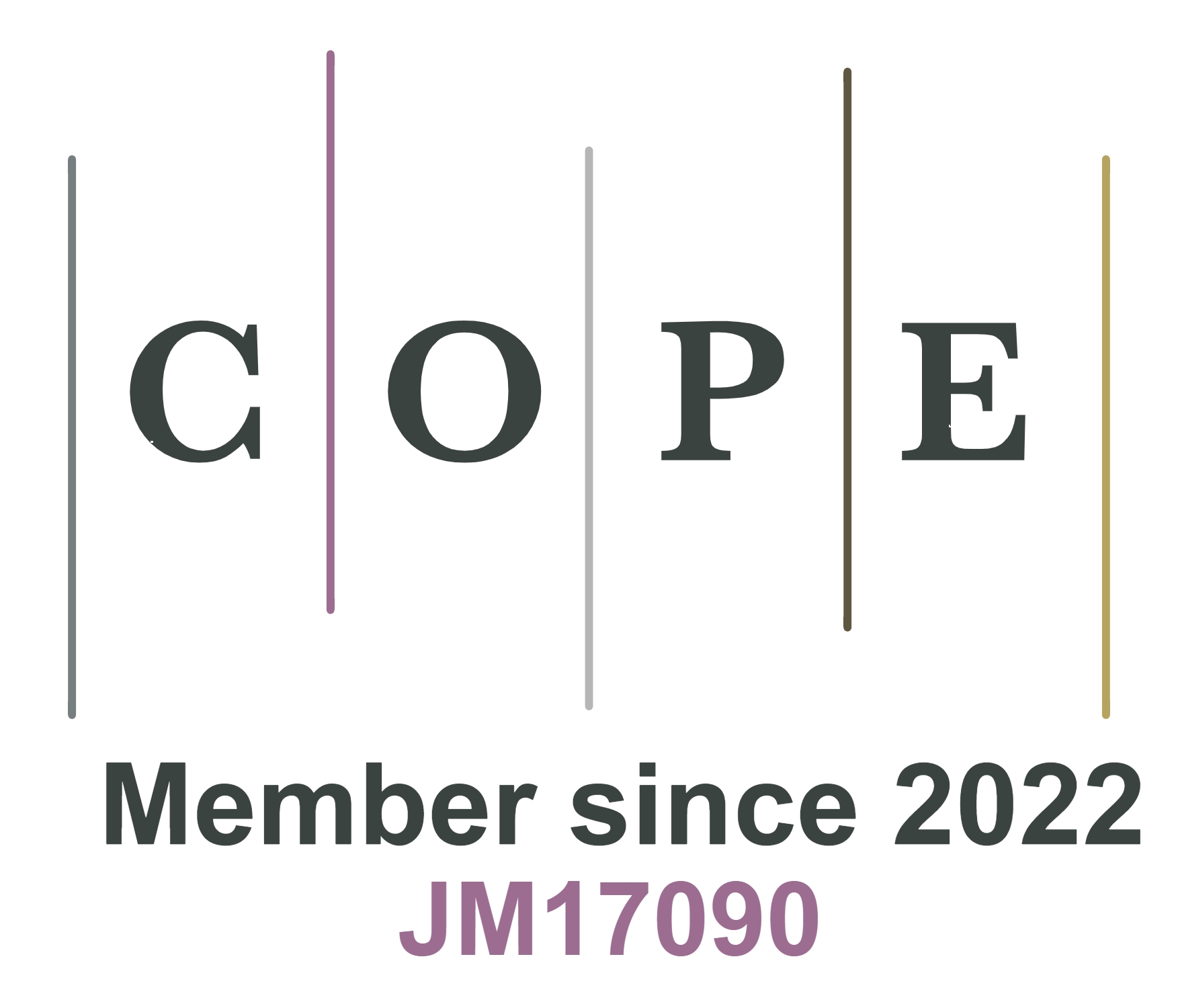fig3
Figure 3. (A) Assembly of graded modulus gel and tensile test of a modulus-graded gel compared with its finite element modeling simulation[28]. Reprinted with permission. Copyright 2020, Springer Nature; (B) Construction of soft e-skin on biogel substrate attached to a human arm[28]. Reprinted with permission. Reprinted with permission. Copyright 2020, Springer Nature; (C) Illustration of integrated soft electronics with gelatin-alginate as biogel substrate[30]. Reprinted with permission. Reprinted with permission. Copyright 2022, WILEY-VCH; (D) Illustration of multiresponsive metal-crosslinked alginate/gelatin organohydrogel (MAlgGel) on skin for thermal, photo, humidity, and strain sensing applications[34]. Reprinted with permission. Copyright 2022, WILEY-VCH; (E) Schematic illustration of the ionic biogel fabrication process and its versatility[38]. Reprinted with permission. Copyright 2024, WILEY-VCH; (F) Schematic illustration of the preparation of the MCG organohydrogel[43]. Reprinted with permission. Copyright 2022, Elsevier; (G) Chemical composition, liquid-to-solid transformation, and application of in situ biogel[45]. Reprinted with permission. Copyright 2025, Springer Nature. PEDOT: poly(3,4-ethylenedioxythiophene); PSS: poly(styrenensulfonate); DES: deep eutectic solvent; MCG: MXene-composited gelatin.











